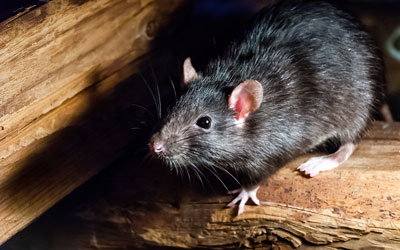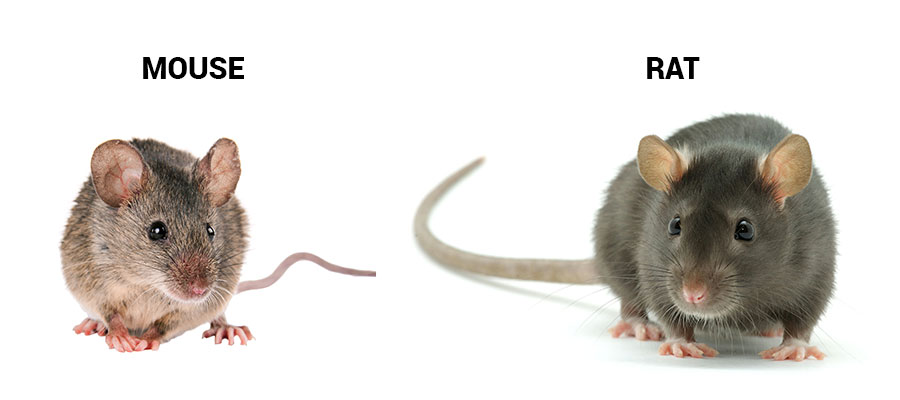 When you have a rodent infestation in your home or business, how do you know if you are dealing with rats or mice? Both of these rodents can cause a lot of damage on your property, but there are several differences between the species. While they both are joined by the common identifying feature that is their ever-growing incisors, they are different in a number of ways. Because these pests can cause such a headache for homeowners here in the Sevierville TN area, it’s important to know how to tell the difference between rats and mice. The experts at Johnson Pest Control are here to help outline the differences—read on to learn more.
When you have a rodent infestation in your home or business, how do you know if you are dealing with rats or mice? Both of these rodents can cause a lot of damage on your property, but there are several differences between the species. While they both are joined by the common identifying feature that is their ever-growing incisors, they are different in a number of ways. Because these pests can cause such a headache for homeowners here in the Sevierville TN area, it’s important to know how to tell the difference between rats and mice. The experts at Johnson Pest Control are here to help outline the differences—read on to learn more.
Mice vs. Rats: What to Know
Both of these rodents are ruthless when they infest homes. They can both spread diseases, cause damage, and be a real nuisance to clean up after. Here’s how you can tell if you have rats or mice:
- Mice
- Most mice are only 2–4 inches long.
- Mice typically have larger ears and tails compared to their body size.
- The droppings mice leave behind have pointed ends and are just 1–2 mm long.
- Mice are omnivores but mostly feed on seeds, grains, and fruits.
- They are more prolific: Mice produce 5–10 litters a year with up to 14 mice in each litter.
- Rats
- While they differ between species, rats typically have larger bodies that are about 6–9 inches in size.
- Rats have small, hairy ears and larger feet.
- Their droppings are much bigger than those of mice at 10–20 mm long.
- Rats produce 3–6 litters a year with up to 10 pups in each litter.
- Rats are opportunistic feeders that will eat meats, grains, seeds, and much more.

Need Help Identifying Rats or Mice?
Dangers of Rodents
Rodent infestations are infamous for being a threat. Both rats and mice alike can carry and spread a number of potentially dangerous diseases. They also can trigger allergies in people. A rodent problem can be a mess to clean up due to the amount of droppings and urine left behind. Lastly, they can cause significant damage to your home. Both mice and rats will chew through insulation, cardboard, wood, and electrical wiring, which can create a fire hazard in your property.
What to Do if You Have Rats or Mice
Both rats and mice will make their presence known if you have an infestation. From foul odors to odd noises in the walls, a rodent infestation has many telltale signs. However, it’s always best to enlist the help of a professional rodent exterminator when dealing with either rats or mice. At Johnson, our experts will identify the type of rodent you are dealing with and come up with year-round plan to keep you pest-free throughout the year.